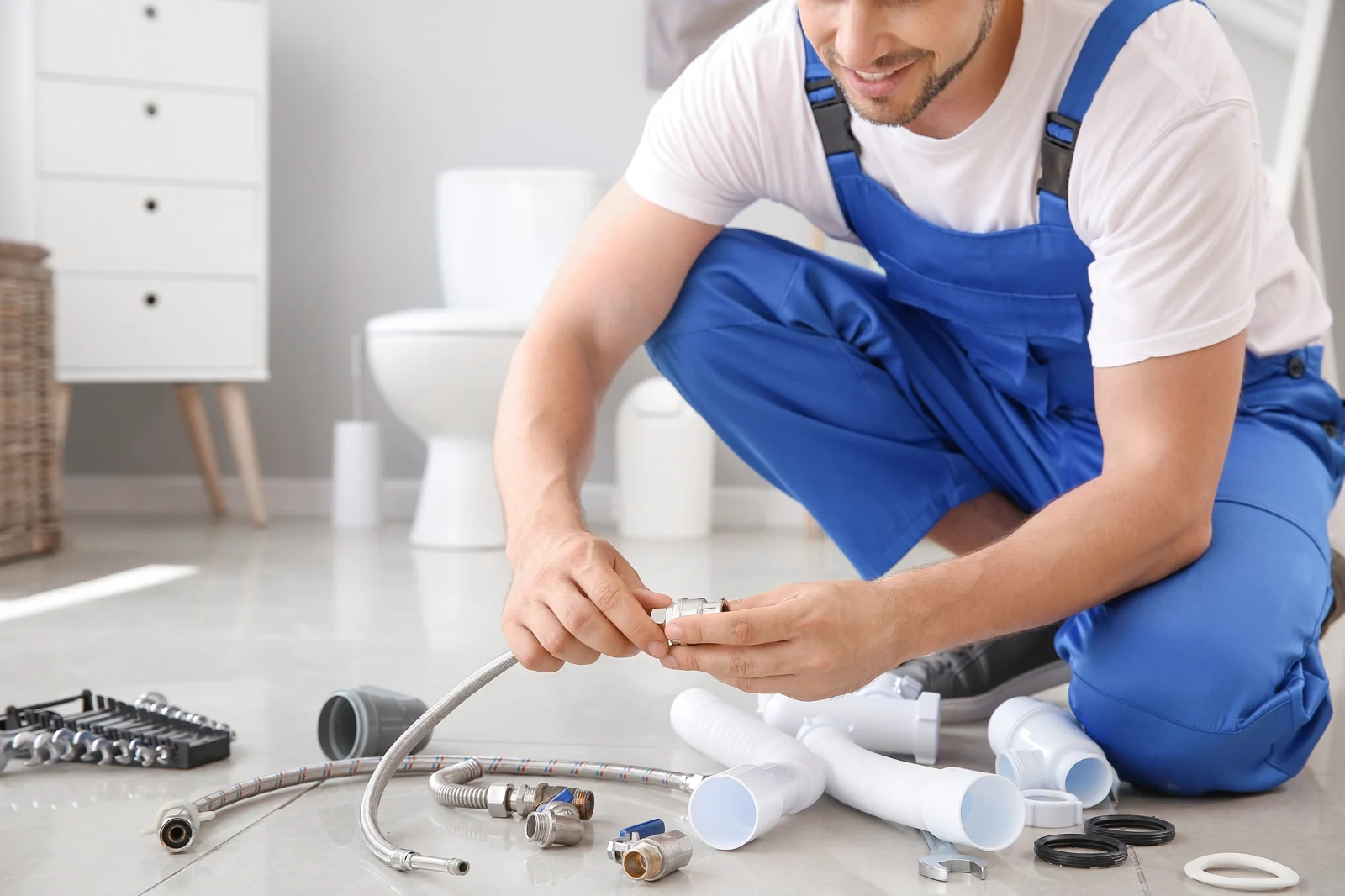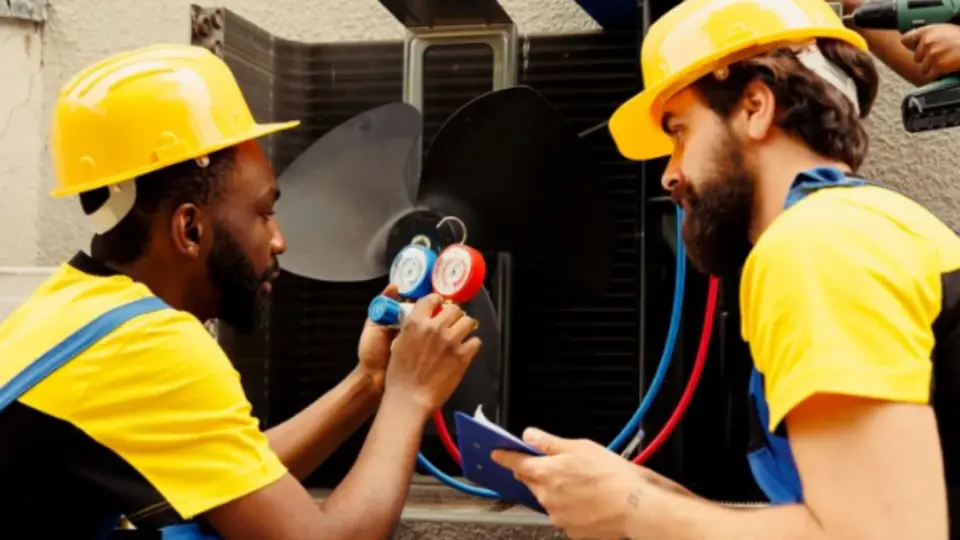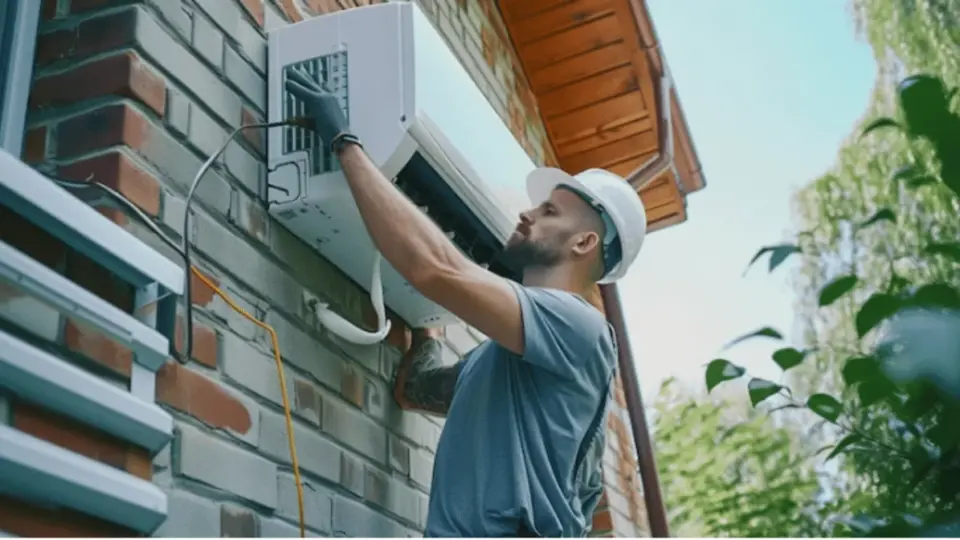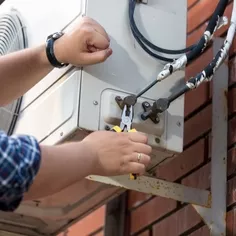When we think about plumbing, it’s easy to take the system for granted. We turn on the tap, flush the toilet, and expect everything to work seamlessly. But behind those everyday conveniences lies a network of pipes, valves, and fixtures engineered to keep our buildings safe, sanitary, and functional.
Sometimes, though, this system fails spectacularly — and plumbing disasters ripple far beyond soggy floors and flooded basements. Some of these catastrophes have become pivotal moments in history, forcing major changes in building codes that protect us all.
Let’s dive into the watery tales of plumbing gone wrong and explore how these disasters reshaped the rules for plumbing safety and construction standards.
How Have Major Plumbing Disasters Influenced Building Code Changes?
Plumbing disasters have a long and colorful history of pushing building codes into tighter, safer territory. Before modern codes, plumbing was often a patchwork of trial and error, relying on local customs, makeshift fixes, or outright guesswork. When disasters struck — from disease outbreaks to structural failures — they sparked urgent calls for reform.
Some ways major plumbing disasters influenced code changes:
- Highlighting the Need for Sanitation: Early plumbing failures in the 19th century contributed to outbreaks of cholera and typhoid. These public health emergencies underscored the necessity of separating drinking water from waste and treating sewage properly, leading to codes mandating safe water supply and sewage systems.
- Standardizing Materials: Catastrophic pipe failures, often due to corroded or incompatible materials, pushed regulations toward standardizing plumbing materials like copper, PVC, and cast iron to improve durability and reliability.
- Pressure Control and Backflow Prevention: Incidents where contaminated water flowed back into potable supplies triggered rules requiring backflow preventers and pressure controls, which keep clean water clean.
- Fire Safety Integration: Some plumbing disasters revealed vulnerabilities in fire sprinkler systems. Building codes evolved to ensure that plumbing systems can support fire suppression without compromising water supply for everyday use.
Each disaster became a lesson etched into code books, making modern plumbing safer and more reliable than ever before.
What Lessons Were Learned From Historic Plumbing Failures?
The story of plumbing disasters is also a story of hard-won wisdom. Each failure illuminated what NOT to do, setting the stage for smarter, more resilient designs. Here are some key lessons plumbing disasters taught us:
- Never Underestimate Corrosion: Pipes buried underground or hidden behind walls can deteriorate quietly over time. Historic failures showed that neglecting corrosion prevention can cause sudden bursts, water contamination, or structural damage.
- The Importance of Proper Venting: Poorly vented plumbing systems can cause sewer gases to seep into buildings, creating hazardous air quality. Disasters involving toxic gas leaks led to venting requirements in codes.
- Quality Installation Matters: Even the best materials fail if installed incorrectly. Plumbing disasters often stemmed from shoddy workmanship, leading to regulations emphasizing licensed professionals and inspections.
- Redundancy and Safety Devices Are Essential: Adding devices like pressure relief valves and backflow preventers is vital to prevent system failures from becoming catastrophes.
- Comprehensive Maintenance is Non-Negotiable: Many disasters could have been prevented with routine checks and repairs. This has influenced codes to include guidelines for maintenance and inspection schedules.
These lessons have transformed plumbing from a vulnerable afterthought into a carefully engineered system designed to withstand pressure, time, and unexpected events.
Which Plumbing Disasters Led To Stricter Safety Regulations?
Certain plumbing disasters stand out in history for their scale, impact, or the legal shakeups they triggered. Here are some infamous incidents that led to stricter regulations:
The 1900 Galveston Hurricane Flooding
While technically a natural disaster, the flooding overwhelmed the city’s sewer systems, mixing raw sewage with floodwaters and spreading deadly diseases. The aftermath motivated cities to overhaul their stormwater and sewage systems, ensuring separation and better flood resilience in codes.
The 1937 Ohio River Flood
Widespread flooding and plumbing failures caused contamination of drinking water, leading to typhoid outbreaks. This disaster accelerated federal regulations on water treatment standards and sewage management.
The 1970s Lead Poisoning Crisis
It became clear that lead pipes and solder were poisoning water supplies across the U.S., especially in older buildings. This public health crisis sparked bans on lead materials in plumbing and established strict limits on allowable lead levels in water.
The 1981 Hyatt Regency Walkway Collapse (Kansas City)
Though primarily a structural disaster, it revealed how faulty plumbing pipe penetrations and lack of fire sprinkler maintenance compromised safety. The incident pushed building codes to require rigorous coordination between plumbing, structural, and fire systems.
The 2014 Flint Water Crisis
Contaminated water caused by improper treatment and corrosion control shocked the nation, showing how systemic plumbing failures can cause severe public health emergencies. This led to tighter regulations on corrosion control, lead testing, and emergency response protocols.
How Do Plumbing Disasters Impact Modern Construction Standards?
Today’s buildings benefit immensely from the plumbing disaster lessons of the past. Construction standards incorporate multiple layers of safety, quality, and sustainability that reflect those hard-learned truths.
Here’s how plumbing disasters shape modern construction:
- Rigorous Material Standards: Modern codes specify corrosion-resistant, durable materials appropriate for different climates and water chemistry, reducing failure risks.
- Mandatory Backflow Prevention: To stop contamination of drinking water, backflow prevention devices are standard in nearly every new construction plumbing system.
- Comprehensive Venting and Drainage Design: Proper venting systems ensure sewer gases stay out of living spaces, and efficient drainage prevents water pooling and pipe damage.
- Regular Inspections and Certifications: Licensed plumbers, inspections, and permits ensure plumbing systems meet or exceed safety codes before use.
- Integrated Fire Suppression Plumbing: Fire sprinkler systems are designed and tested alongside regular plumbing to maintain overall building safety.
- Sustainability and Water Efficiency: Modern standards emphasize low-flow fixtures, rainwater harvesting, and greywater reuse — all designed with safety and reliability in mind.
- Emergency and Redundancy Planning: Plumbing designs now often include emergency shutoffs, multiple water supply sources, and pressure regulation to minimize damage during failures.
Plumbing Disasters Remind Us: Safety First, Pipes Second
Plumbing may be out of sight, but it should never be out of mind. The tragedies and mishaps throughout history underscore one crucial fact: Our comfort and health depend on safe, reliable plumbing systems. These disasters serve as cautionary tales and blueprints for safer building codes, smarter construction, and vigilant maintenance.
By learning from the past, the plumbing industry continues to evolve — protecting homes, businesses, and communities from the chaos that a failed pipe can unleash. So next time you twist a faucet or flush a toilet, give a little nod to the invisible network of pipes and the lessons that keep it flowing safely.
Ready to Build Safer with Expert Plumbing?
Whether you’re a homeowner, builder, or property manager, understanding the lessons from plumbing disasters can help you make informed decisions. Need plumbing work done right the first time? Experienced professionals know how to navigate modern codes and keep your systems disaster-proof.
Reach out today — because when it comes to plumbing, prevention is the best cure.
Protect Your Property with Elite Air & Heat LLC: Plumbing Expertise That Prevents Disasters Before They Happen
At Elite Air & Heat LLC, we don’t just fix plumbing problems — we help you avoid them altogether. Plumbing disasters don’t announce themselves before flooding your home or compromising your water safety. That’s why proactive, expert service is key to keeping your plumbing system secure and code-compliant.
Here’s how our team benefits you:
- Thorough Inspections: We identify hidden weaknesses like corrosion, faulty joints, or outdated materials before they turn into costly emergencies. Early detection saves you time, money, and headaches.
- Code-Driven Upgrades: Building codes evolve for a reason. We stay up-to-date with the latest regulations to ensure your plumbing system not only meets but exceeds safety standards, giving you peace of mind.
- Expert Repairs and Installations: Whether it’s a simple pipe replacement or installing backflow preventers and pressure regulators, our licensed plumbers deliver quality workmanship that lasts.
- Emergency Response: When disaster strikes, fast action matters. Our reliable 24/7 service minimizes damage and restores your plumbing’s safety quickly.
Don’t wait for a plumbing disaster to rewrite your building’s story. Contact Elite Air & Heat LLC today and safeguard your property with plumbing professionals who truly understand what’s at stake. Your home deserves nothing less than expert care that keeps the water flowing safely and smoothly.




